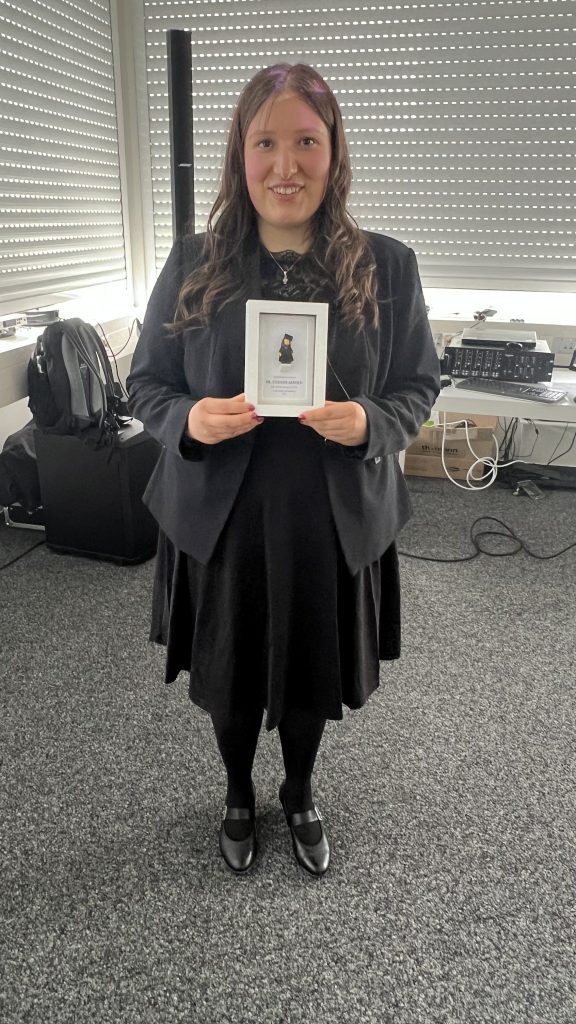New paper published on iron vanadate derived from Prussian Blue analog for Lithium-ion batteries in Sustainable Energy & Fuels. This marks our latest work on derivatization strategies to turn Prussian Blue Analogs (PBAs) into mixed metal oxide materials for battery applications 🔋
🔹We used PBAs as they offer a very high tunability and ease of synthesis.
🔹We successfully achieved homogeneous iron vanadate derivatization using an energy-efficient infrared furnace with CO2 gas.
🔹We entangled the active material with carbon nanotubes to generate binder-free, free-standing electrodes for direct use as electrodes.
🔹We stabilized the electrochemical performance reaching a 400 mAh/g capacity at a specific current of 250 mA/g after 150 cycles, maintaining a Coulombic efficiency of 99.2% in a potential range of 0.01-3.5 V vs. Li/Li+.
🔹The choice of electrolyte matters (of course) also, with a better performance in Li-TFSI in carbonate electrolyte compared to Li-PF6.
For an in-depth understanding of our methodology and findings, I encourage you to read the full paper where we delve deep into the role of different surfactants and the optimization of various parameters for a stable electrochemical performance.


